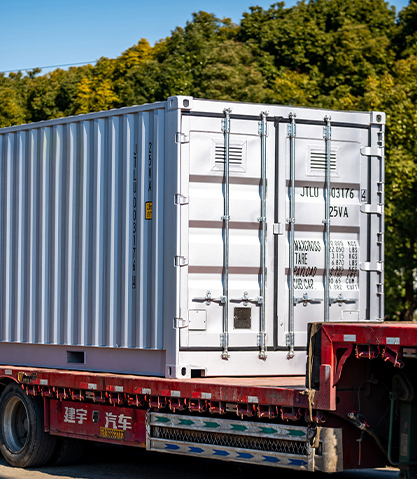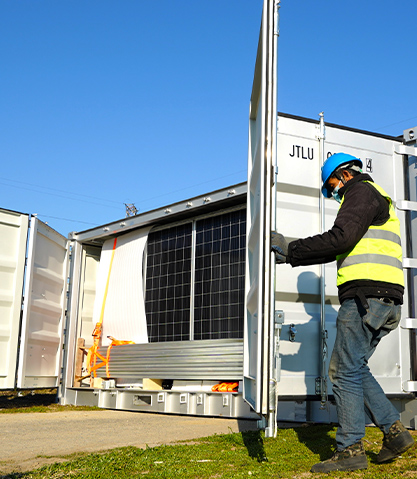Content
Understanding the Solar Fold Mobile Grid Concept
A solar fold mobile grid integrates foldable photovoltaic modules, power electronics, battery storage, and transport-ready structural frames into a compact, movable energy system. Unlike fixed solar installations, this format is engineered for rapid deployment, retrieval, and relocation across different terrains. It serves temporary energy demand, supports mobile infrastructure, and provides scalable renewable power without permanent civil works.
This structure is typically mounted in modular frames that slide or unfold hydraulically or manually. Once unfolded, PV arrays achieve full operating angle and exposure, connecting to onboard or external energy storage and distribution units. Output capacity varies by configuration, and the foldable system preserves panel integrity during transport while maximizing surface area during operation.
Key Engineering Features of Solar Fold Mobile Grids
Structured Folding Mechanism for Compact Transit
The folding structure uses hinge assemblies, lightweight support arms, and reinforced frames. When folded, panels stack with protective spacing to avoid abrasion. During deployment, predefined locking positions stabilize each surface, supporting efficient solar capture and wind resistance. Transport mode minimizes footprint for trailers, flatbeds, or container-mounted setups.
Integrated Power Control and Storage
Inverters, charge controllers, and battery banks form the core of energy conversion and storage. Some systems integrate hybrid input options for diesel or fuel-cell backup, enabling uninterrupted supply. Intelligent control manages panel angle, energy dispatch, and battery cycles, while protective circuits maintain stability under load fluctuation and variable solar conditions.
- Smart energy management to balance charging and discharge
- Modular battery packs for scalable capacity
- Grid-tie or islanded operation modes
- Remote monitoring for performance tracking and fault detection
Deployment Scenarios and Use Cases
The solar fold mobile grid format fits applications where stationary power infrastructure is impractical or unavailable. It can support temporary living units, off-grid telecommunications, rural energy pilots, disaster response bases, and expedition-level research sites. Mobility and setup speed help bridge critical-power gaps during transition to permanent energy systems.
| Application | Operational Advantage |
| Remote camps and mining | Stable off-grid energy without fuel logistics |
| Emergency relief sites | Immediate renewable power for critical services |
| Military field operations | Mobile, low-noise power alternative to generators |
| Telecom and monitoring stations | Continuous energy with minimal maintenance |
Design Considerations When Selecting a Solar Fold Mobile Grid
System selection should evaluate panel efficiency, deployment mechanics, battery chemistry, frame durability, and environmental resistance. Weight distribution and mobility matter for terrain conditions, while inverter compatibility determines load flexibility. Angle-adjustment capability enhances yield in variable climates, and weatherproofing extends system lifespan during field assignments.
For long-term programs or repeated relocations, reinforced hinges, protective panel spacing, and corrosion-resistant structures protect mechanical life. Operational planning should assess charging rates versus target load, and expansions may include additional folding modules to scale output. By combining portability with engineered durability, solar fold mobile grid systems deliver adaptable renewable power infrastructure wherever conventional grid access is limited or evolving.

 English
English 中文简体
中文简体 عربى
عربى



